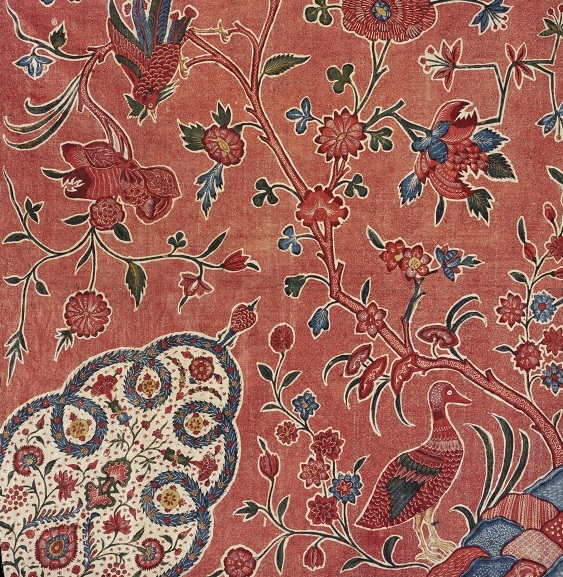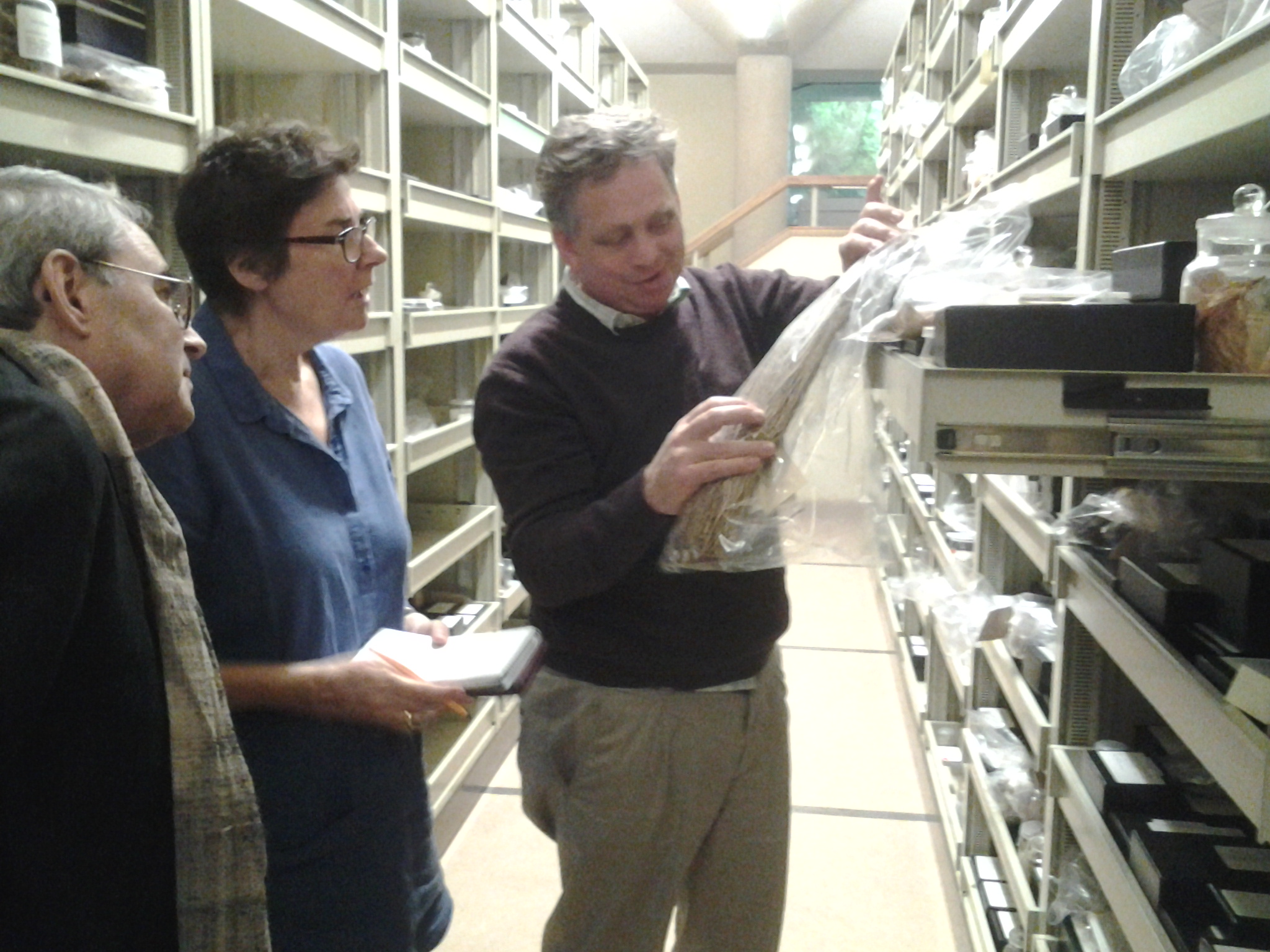Hunting Through the Weird and Wonderful at the Economic Botany Collection, Kew
Walking into the Economic Botany Collection stores at the Royal Botanic Gardens, Kew, the first thing you notice is how chilly it is. Curator Mark Nesbitt does warn visitors to dress up warm – should you ever get the chance to visit, do take his advice.
The next thing you’ll notice is that the store is simply brimming with fascinating things, and you’ll probably wish you had more time to explore. This amazing collection holds plant material and products from the four corners of the earth. It was built by adventurers, administrators, and academics for the purposes of expanding our knowledge of plants and their uses. The shelves are stuffed with 19th century glass jars and mysterious black boxes, filled with everything from fruit rinds to rubber jewellery. Packed full with weird and wonderful plant specimens, objects, models, and more, the EcoBot collection shows just how much we did and still do rely on plants for our everyday needs.


The collection is a literal treasure trove for researchers of global trade, botanic science, and – most importantly for the Fabric of India team – the history of handmade Indian textiles.


Although it would be very easy to spend a few hours (or days… or months…) just browsing for the fun of it, Rosemary, Steven Cohen (contributor to the Fabric of India publication) and myself visited back in July on the hunt for some very specific things. We wanted to find samples of Indian fibres and dyes in their raw, natural state, so we could show what the textiles in The Fabric of India were made from. We especially hoped to find samples that were contemporary with some of the textiles we will be displaying – actual 19th century indigo bricks, cotton bolls, and stick lac just like the kinds used in our fabrics.
Mark very agreeably climbed up and down ladders, enthusiastically pulling out drawers and passing down boxes from above in aid of our quest. We were confident we would find what we needed because of a very special connection the Economic Botany Collection shares with the V&A. In 1880, the collections of London’s India Museum (first established by the East India Company at the end of the 18th century) were split up and the museum closed. Its geologic collections went to the Natural History Museum, its botanic collections to Kew, and its manufactures to the South Kensington Museum – later the V&A. As a result, many of the Indian textiles in the V&A collection once belonged to the India Museum, as did many of the EcoBot’s Indian specimens. They even have matching Indian Museum labels. In a way, The Fabric of India will be a family reunion.
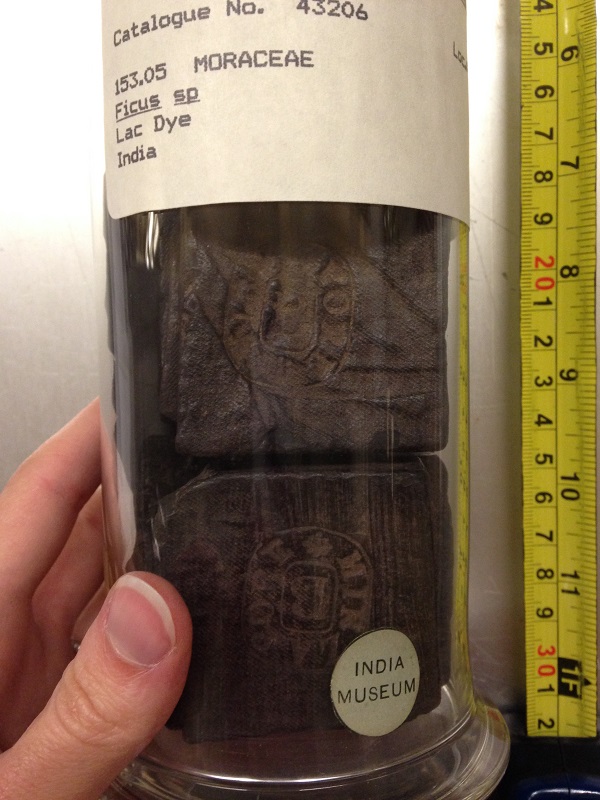
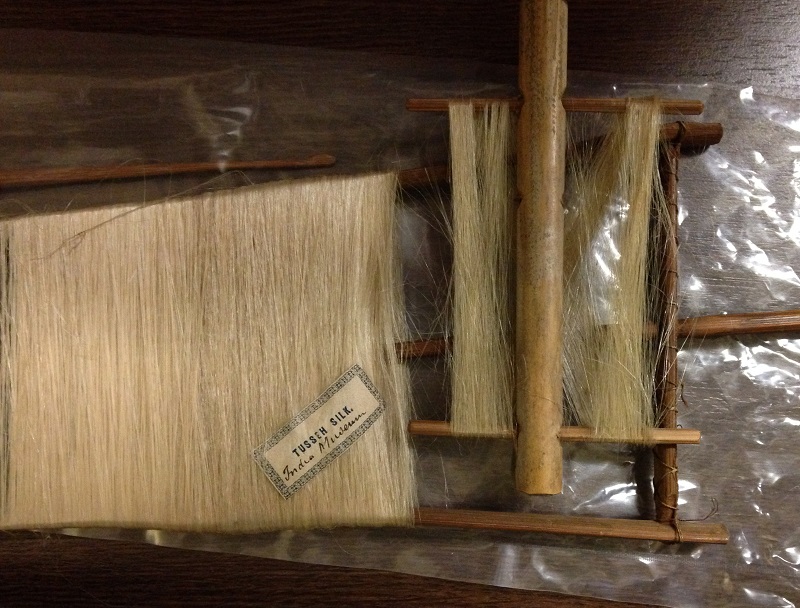
And we certainly did find what we were looking for. In fact, we were spoiled for choice with bundles of dye roots, a range of different cottons, even silks still wrapped around spindles. It was incredible to see these samples so perfectly preserved – tools of the textile trade plucked over 100 years ago. They are a superb reminder of a time before chemical dyes and artificial fibres, when all colours and cloth came from nature. One would never guess from looking at them that these humble plants could result in such bright and beautiful things.
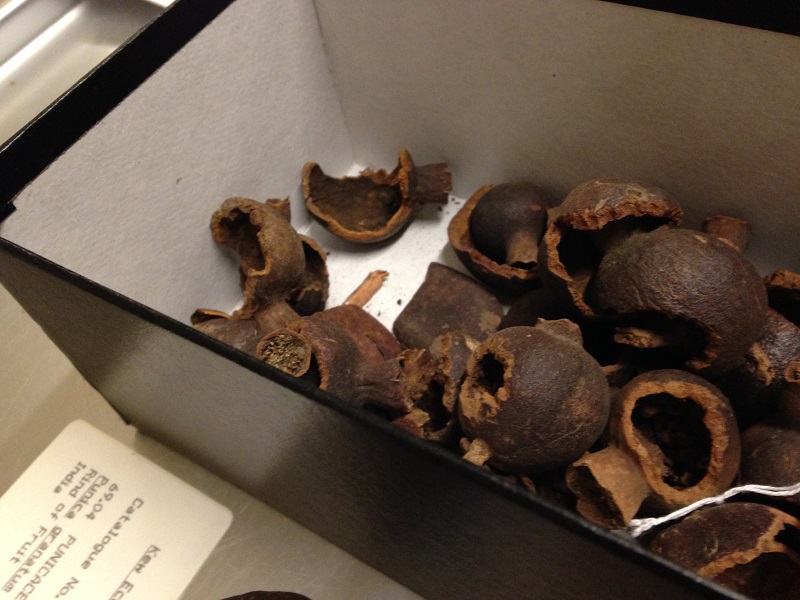
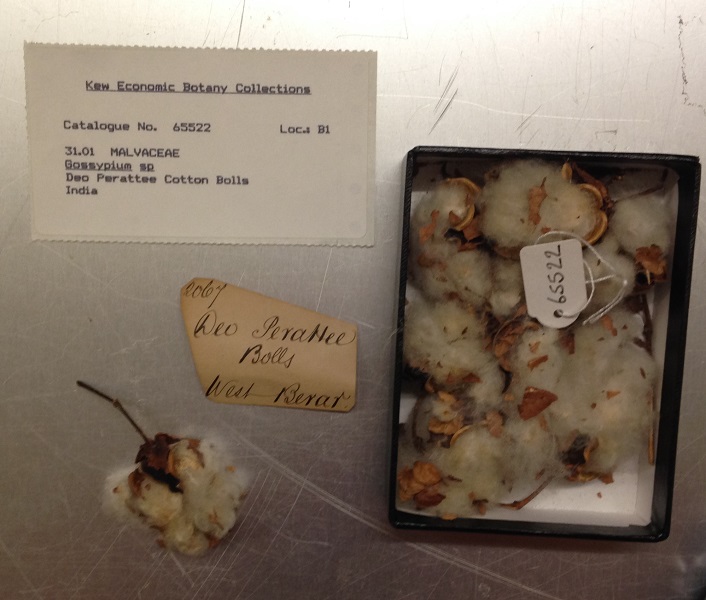


Our very grateful thanks to Mark and Kew for helping us with our treasure hunt. We hit the jackpot, and we can’t wait to show everyone what we found!
